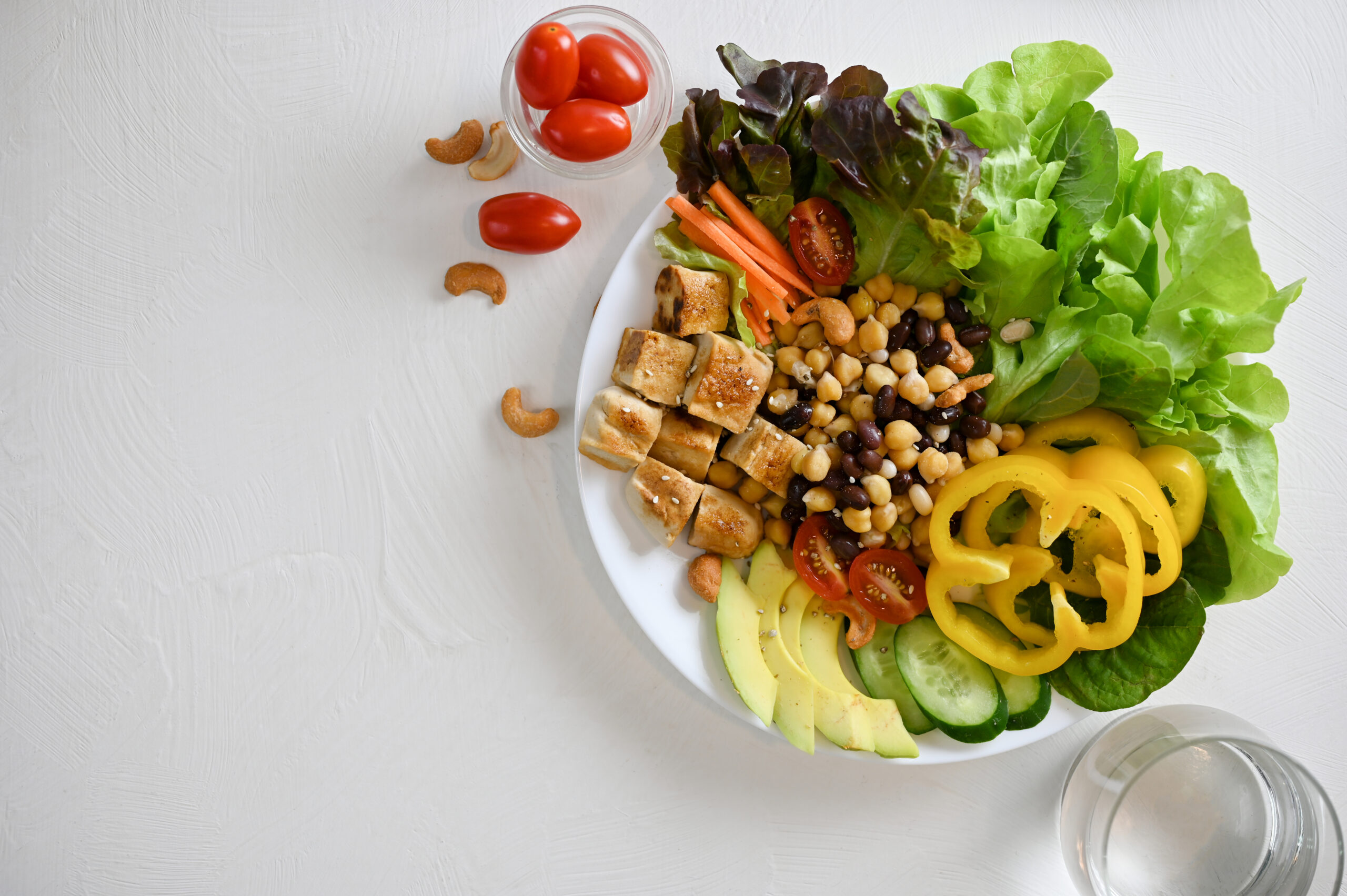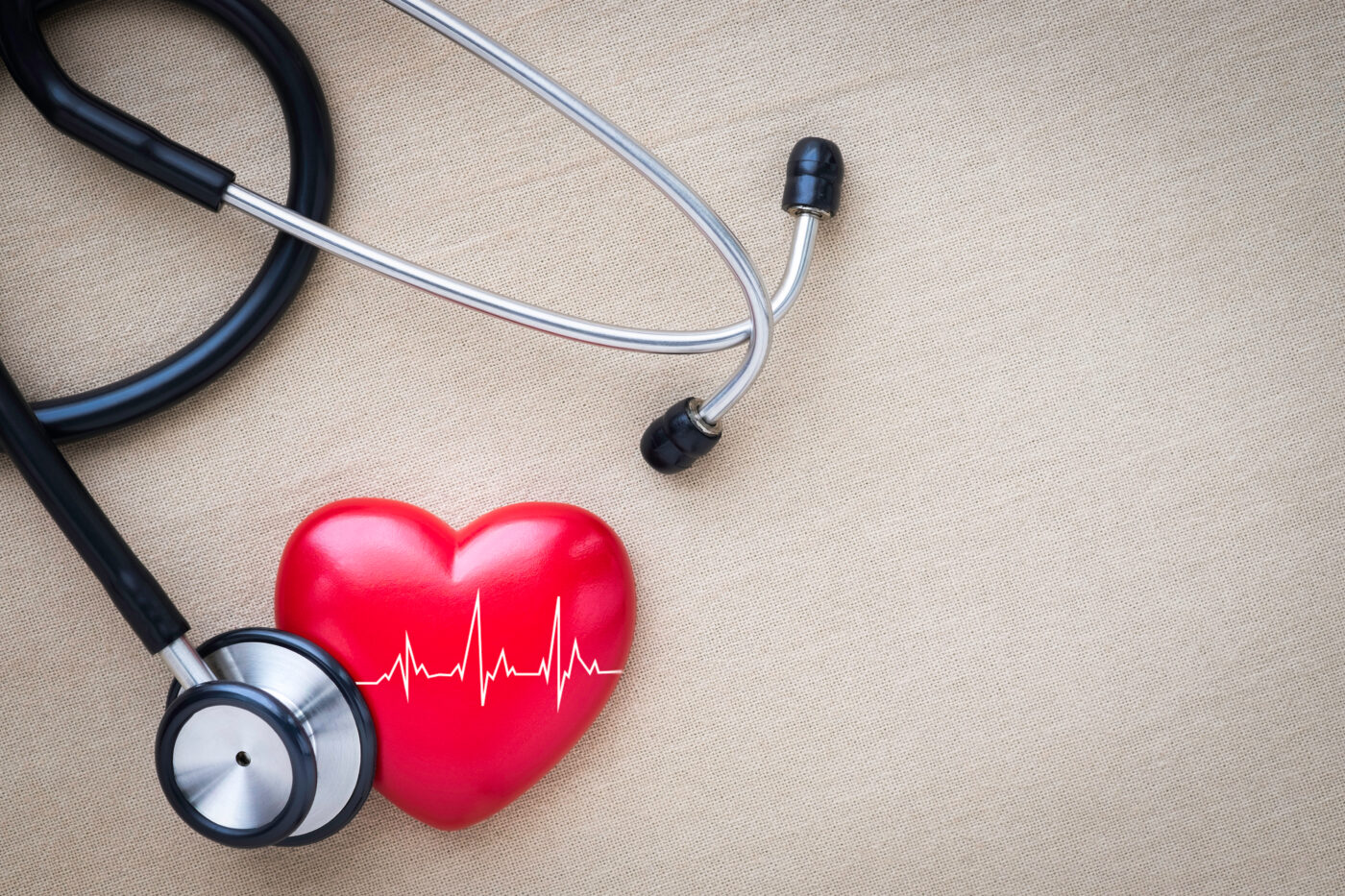Jack Sprat could eat no fat,
His wife could eat no lean.
And so betwixt them both, you see,
They licked the platter clean.
We use the word “fat” to mean any kind of lipid or oil. There are two main ways to produce energy in a cell, from carbohydrates, or fats. (Protein makes glucose first). People with type II (T2DM) are often told they need to do a ketogenic diet, using mostly fat for energy. Considered a low carbohydrate and high fat diet, people eat lots of meat for the KETO diet. It’s not new; as you can see from Jack Sprat’s wife; it has been around for centuries. Interestingly, around the turn of the last century, before there were drugs for epilepsy the best treatment was a ketogenic diet.[1] It not only prevented seizures in children, but it would also heal their brains, so they stopped having them altogether. It is still used for children with epilepsy who don’t respond to medications.
Then, in the 1970s a book by Dr. Robert Atkins[i] advocated a ketogenic diet for weight loss. He told people they didn’t need to restrict calories at all. They would have a bacon, sausage, and cheese omelet in the morning with cream to drink. On such diets, people have lost weight and are generally able to keep it off, until they go off it. But there are no long-term studies because it’s hard to maintain it. The keto diet works because the person does not eat enough carbohydrates for the body to maintain a normal metabolism, forcing the cells to burn fat for energy as in “starvation mode.”
This way of burning fat may cause problems on a long-term basis. Traditionally, keto diet includes eating few plants. Since many nutrients come from plants, there are several issues that may show up, including vitamin C and K deficiencies. B-vitamins might also be an issue. Eating a high fat diet also make the blood vessels susceptible to damage on “cheat days,” when consuming sugar. In fact, cheat days are likely to be unhealthy in a variety of ways.[2]It’s better not to have any sugar, or even the taste of sweet, if you are trying to burn fat on a ketogenic diet.
High fat diets also decrease the energy in muscles[3] which may impair exercise ability, especially in competitive sports. Fat, it turns out, causes insulin resistance in the muscles of the body. The cells are not able to take up sugar, so any glucose in the diet stays in the blood longer, raising the blood sugar. The higher blood sugar tells the pancreas to put out more insulin resulting in insulin resistance. Without oil in the diet, it would be very hard to become insulin resistant. In fact, a very high carbohydrate diet that is low in fat will improve insulin sensitivity.[4]
FAT AND SUGAR
…butter and honey shall every one eat that is left in the land. (Isaiah 7:22)
Jack Sprat and his wife had it right. It seems that the primary problem is mixing sugar and fat. It isn’t just one of them, but rather eating both together that cause the epidemic of high blood sugar in the United States and the world. This is why either diet works. Either you cut out the fat, or the sugar, and your insulin resistance, or the need for insulin, goes down respectively. It’s not that carbs are bad, or fats are bad, but rather the mixture of them that causes insulin resistance and all the illnesses associated with it.
There are no natural foods that are high in both carbs and fat. Fruit is full of sugar, but there is no fat – except avocadoes which are high in fat but have very little sugar. Meat is high in fat, but there is no sugar. Nuts that have fat are low-carb, and beans are high carb, but low fat. It’s when we put the fat and carbs together that we get high blood sugar, Alzheimer’s disease, hypertension, heart disease, and other metabolic problems. We take a perfectly good potato and slather it with butter or sour cream or fry it in oil. Chips and other fried foods are carbs that become filled with oil. Desserts like ice cream, chocolate, frosting, cake, and cookies are mostly sugar and oil. Using sweet sauces like ketchup and BBQ sauce on meats makes them unhealthy. These days, even gravy has a lot of sugar. Bread is good, until we put butter, avocado, or oil on it. Pasta with tomatoes is great, until we pour olive oil on it. Even salads are filled with both fat and sugar in the dressings used to make them tasty.
JACK SPRAT AND HIS WIFE AS VEGETARIANS
Those who are vegetarian can split up these fats and sugars and maintain a normal blood sugar. One is to cut out the carbs, the other is to avoid fat, since mixing them is the problem. It’s easy to separate them since no natural food is high in both. Let’s look at these two diets to find out which is better.
The first is the vegetarian ketogenic diet.[5]
This might seem impossible since plants are made of carbohydrates. However, most plants do not have digestible carbohydrates. The fiber in plants does not contribute to the sugar in the diet because bacteria digest it in the colon, and it is not absorbed by the intestines. Fiber doesn’t even count towards your carbohydrates in a day. We call this “net carbs” where we take the total carbs and subtract the fiber to find out how much sugar is in the food. There are plenty of plant foods that are low in “net carbs.”
The other is a low-fat vegetarian diet.
This is sort of the opposite. You can eat all the carbs you want but avoid fat. This diet includes fruit, vegetables, and grains of all kinds, except those that contain large amounts of fat, such as walnuts, coconuts, or avocadoes. The best way to do this is with a whole food diet. It includes whole grains, beans, and fruit.
| VEGETARIAN KETO | VEGETARIAN LOW FAT |
| Nuts and seeds | Grains (Brown rice, Corn, Whole wheat) |
| Avocado | Quinoa |
| Coconut | Roots (Carrot, beets, potato, Yam, Sweet potato) |
| Olive | Legumes (Beans, Peas, Lentils) |
| Whole Yogurt (unflavored) | Whole grain bread and pasta |
| Cheese, Butter | Any Fruit – except avocado |
| Eggs | Salads with vinegar and spices |
| Salads with vinegar and oil dressing | |
The following are available on both diets because they are both low fat and low carb:
- Soy/Tofu/Natto
- Artichokes
- Mushrooms
- Leafy greens (Chard, mustard, kale, spinach, lettuce, beet greens, etc.)
- Tomatoes
- Cucumbers
- Peppers
- Onions
- Broccoli
- Cauliflower
- Zucchini
- Brussels sprouts
- Green beans
- Squash
- Garlic
- Bok Choy
- Celery
It is easy to see that either way can be a good diet. They each provide all the nutrients needed. They both have plenty of fiber. They are both good for you, but how do they compare for high blood sugar?
Remember, we established that fats cause insulin resistance. Any type of oil does the same thing – it doesn’t have to be saturated fat or come from meat or milk. Coconut oil, olive oil, and avocado oil are the same as animal fats for causing insulin resistance. We also established that it is very difficult to be insulin resistant if there is no oil in the diet. So, while on the “vegetarian keto” diet you will be more insulin resistant. However, this will be less important because you are not eating enough carbs to cause the blood sugar to rise. Insulin resistance will decrease somewhat just because the blood sugar is lower.
Although the ketogenic diet will improve high blood sugar quickly, it doesn’t improve insulin sensitivity very much. The vegetarian low-fat diet can improve insulin sensitivity much more. Eating a high carb and low-fat diet will keep you very sensitive to insulin, which will allow your cells to take in glucose and amino acids. Because of what I know about the dangers of insulin resistance, apart from high blood sugar, I would lean towards the low-fat diet as the better of the two. Damage to kidneys, liver, heart, and brain are often evident long before there are any elevations in blood sugar due to insulin resistance.[6]
A special note about eating processed foods is in order here. Vegetarian diets are healthy only because they are high in fiber. Processing foods mostly takes out the fiber. Concentrating oils out of an olive or a coconut makes them less healthy. Concentrating the starch out of rice or wheat also makes them less healthy. It is essential to understand that these diets work because they include whole foods. Although you can eat all the sugar you want on the low-fat diet, it must not contain any processed sugar. The sugar needs to be in the apples, oranges, bananas, pineapples, and pears – and whole grains – without adding processed sugar or artificial sweeteners. Also, the processed oils, nuts, and sweeteners in “KETO-FRIENDLY” foods are not healthy. I tell my patients: “If it has the word “KETO” on the label, avoid it.”
EXERCISE
Exercise is like a shot of insulin to the muscles. When we exercise, we don’t need insulin for the muscles to take up glucose for energy. If you eat a ketogenic diet and are exercising, you will balance your blood sugar and fat well decreasing insulin resistance. If you are on a high carb diet, exercise will help you to use the carbs efficiently, decreasing insulin resistance even more. It is hard to overstress the importance of exercise for metabolism.
FASTING
Having an empty stomach is another adjunctive way to improve insulin sensitivity. Fasting just means “empty stomach.” That means nothing in the mouth – no juice, bone broth, nut bars, not even water! The best time of day to have an empty stomach is at night because that is when we get the anabolic metabolism to repair the body. In the morning we have a catabolic metabolism that is breaking down, and that is the best time to eat. So, if you do intermittent fasting, eat breakfast only, or breakfast and lunch. Skip dinner. If you do more long-term fasting, break your fast in the morning (break-fast). Having one fast day per week is great, but three days once per month is better because it takes about that time to cleanse and detox. No matter how you do it, an empty stomach will improve insulin sensitivity and repair the body.
THE GREAT DIVORCE
Jack Sprat and his wife are metaphors for the different ways of eating to bring down insulin resistance. The essential ingredient is splitting up carbohydrates and fats. Today we have many types of delicious, rich foods available to us. My son used to have a tub of frosting with a spoon in it as he was playing video games all night when he was in college. The hydrogenated oil lowers the glycemic index of the powdered sugar preventing hypoglycemia (but he did get fat). Nutritionists are telling diabetics that this is a good thing – that they should include fats with their carbs because, “fat and protein can both blunt the blood sugar response after eating carbohydrate-containing foods.”[7] What they don’t say is that it comes at the expense of more insulin resistance. Fats and carbs really should not be mixed! The best way to “blunt the blood sugar response” is with fiber. This is the beauty of the low-fat vegetarian diet – lots of fiber to blunt the response, without any fat to cause insulin resistance!
Perhaps the next step is to take Jack Sprat on his own and divorce him from his wife. This is difficult to do because of our culture and learning. A low-fat diet was concerning even back in the days of Babylon when Daniel was told to eat the king’s meat so he could be healthy. Daniel and his friends devised a ten-day test.
Prove thy servants, I beseech thee, ten days; and let them give us pulse to eat, and water to drink… And at the end of ten days their countenances appeared fairer and fatter in flesh than all the children which did eat the portion of the king’s meat. (Daniel 1:12,15)
Maybe they were healthier (fairer and fatter) because they didn’t have insulin resistance. Pulse is essentially the vegetarian low-fat diet consisting of legumes and vegetables. Yes, in only ten days of cutting out fat, insulin resistance will drop dramatically.[8] I suspect that as more research is done, the vegetarian low-fat diet will become the standard diet to prevent and treat Type II (and maybe even Type I).
FAQ
There are going to be many questions since this is new for most. I will try to anticipate some of them:
Q: Is protein a problem?
A: It is very easy to get all the protein we need from a whole-food plant-based diet. Beans are a good source of protein, and grains complete the essential amino acids. Broccoli and other vegetables also have significant amounts of protein. It is good to avoid concentrated forms of protein, as large amounts of (animal) protein do shorten life span and increase cancer rates.[9]
Q: Don’t we need fat?
A: However, all whole foods contain some fat, just very little of it. The germ of wheat, for example, has oils with essential fatty acids, mostly omega-6. Whereas green vegetables contain mostly omega-3 essential oils. The cows get all the essential oils they need from grass, which is mostly omega-3 (which is one good reason for eating grass-fed beef for those who eat meat).
Q: Is this for everyone?
A: Yes, it can be for anyone. However, I have had patients that have tried it for years and have not done well. They started eating meat again and their depression, rashes, or other symptoms resolved, so not everyone will do well on either diet.
Q: What if I put oil on my salad?
A: If the salad is low carb, it will still cause insulin resistance. But unless you have sugar, such as fruit, or salad dressing, it won’t cause your blood sugar to increase. Wait about 12 hours before eating any carbs.
Q: Can I have “cheat days” where I can eat anything I want?
A: “Cheat days” consist of mixing fat and carbs such as eating ice cream, chocolate, French fries, chips, or donuts. Such food will set you back whether you do a ketogenic or low-fat vegetarian diet and is therefore not advisable.
Q: If I alternate between these two diets, how long would I do one or the other?
A: The effect of fats on insulin receptors is almost immediate, and lasts for about 10 hours.[10] Therefore, avoid carbs within 12 hours of eating fat. Reasonably, you could switch from a “keto” to a high-carb diet on a daily basis, although I have found no specific research on this. The days you include oil will increase your insulin resistance and may cause you to have higher blood sugar on your “low-fat” days.
- Dr. Scott Saunders, M.D.



